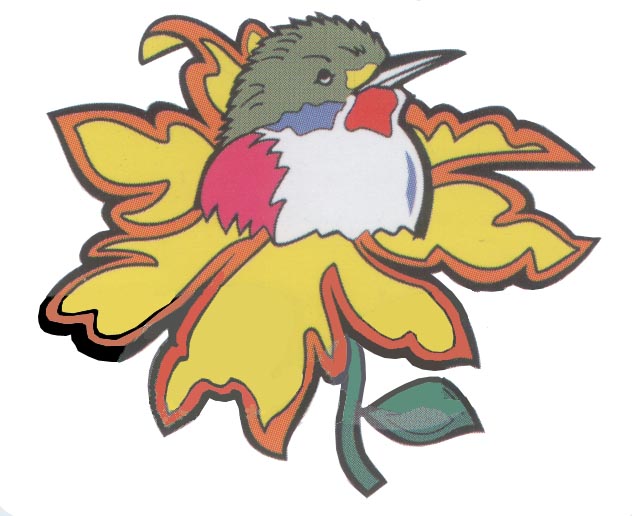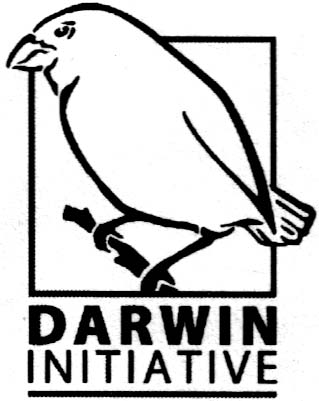
ÁREA PROTEGIDA MIL CUMBRES

 |
ÁREA PROTEGIDA MIL CUMBRES |
 |
Description. A reserve in western Cuba, protecting western Cuba's highest mountains rising to 799 m above sea level. On the south side of the reserve are the gardens and ruins of a remarkable mansion together with turreted entrance portals, all abandoned by the owner at the time of the revolution. The reserve headquarters is also the location of the sawmill associated with the protected area's sustainable forestry enterprise. The main field station is a beautiful old timber coffee-planter's house in a lovely situation. Administered by the Empresa Nacional para la Protección de la Flora y la Fauna, Cuba.

| Previous page |